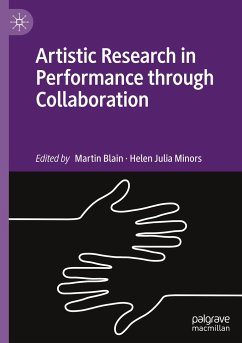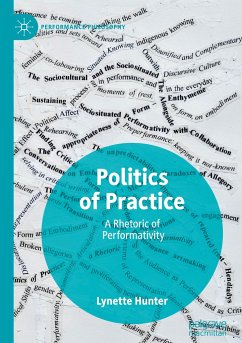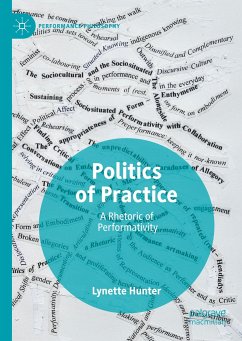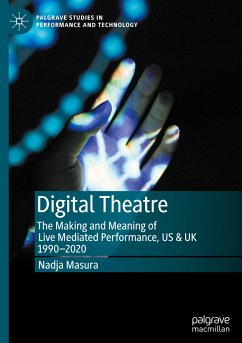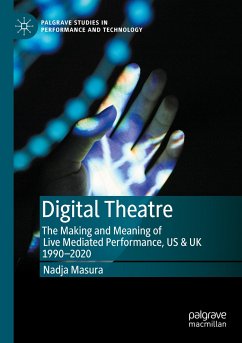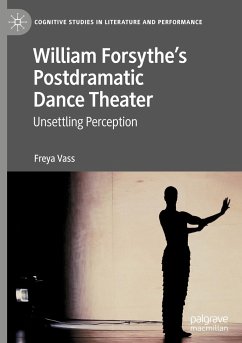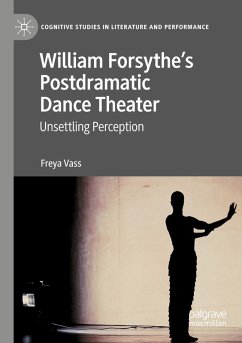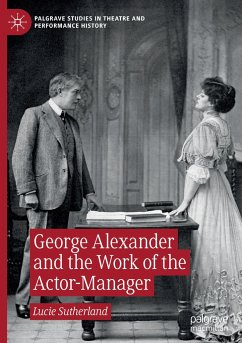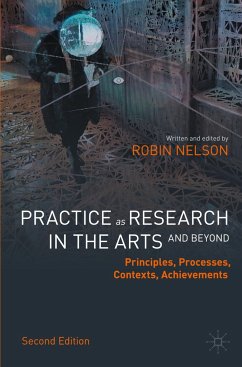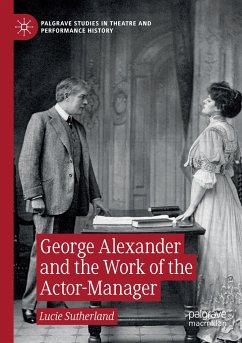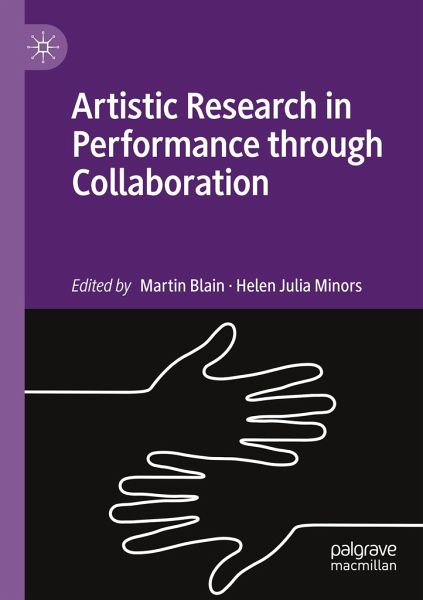
Artistic Research in Performance through Collaboration
Versandkostenfrei!
Versandfertig in 6-10 Tagen
91,99 €
inkl. MwSt.

PAYBACK Punkte
46 °P sammeln!
This volume explores the issue of collaboration: an issue at the centre of Performance Arts Research. It is explored here through the different practices in music, dance, drama, fine art, installation art, digital media or other performance arts. Collaborative processes are seen to develop as it occurs between academic researchers in the creative arts and professional practitioners in commercial organisations in the creative arts industries (and beyond), as well as focusing attention and understanding on the tacit/implicit dimensions of working across different media.



